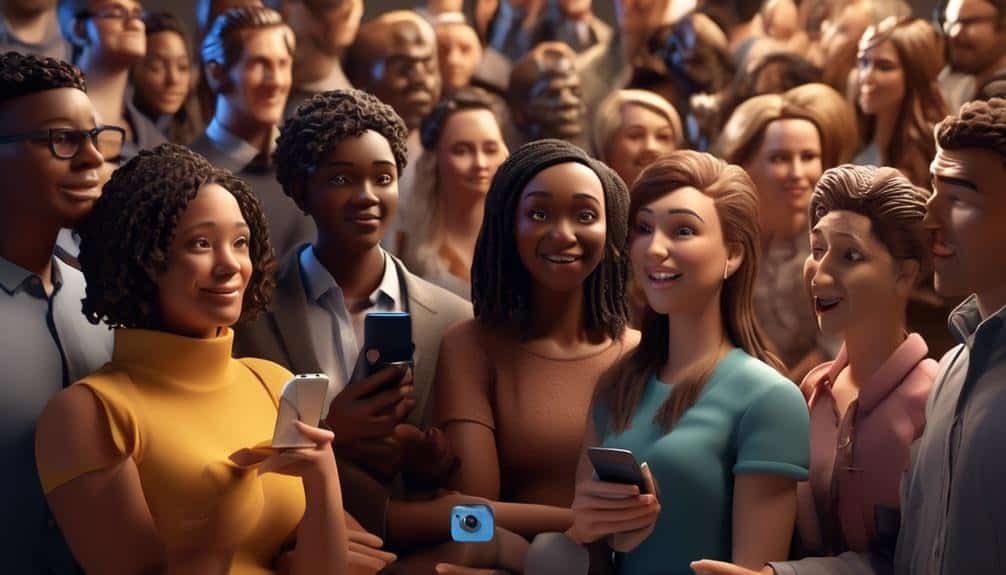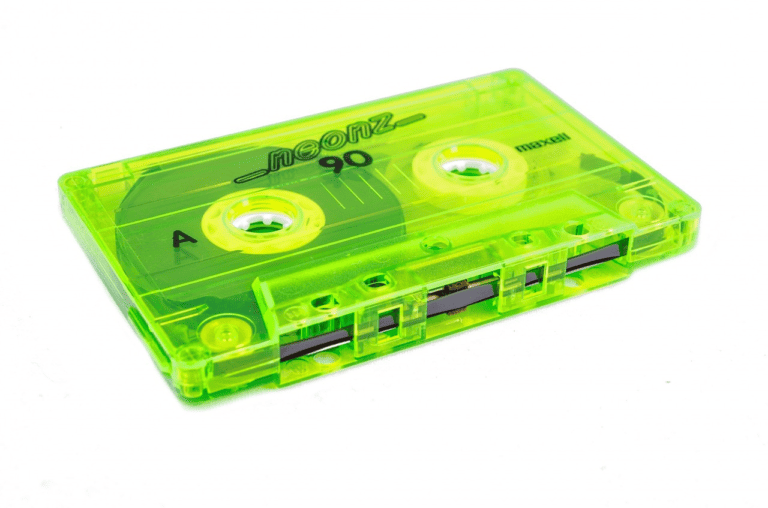What Best Describes Communication in the United States Today?
In a world where connection seems just a click away, communication in the United States today is both vast and nuanced. From the rise of social media to the ever-evolving role of technology, there is no denying that the way we interact with one another has been transformed.
But what does this mean for the dynamics of everyday conversations and the fabric of our society? As you navigate through the intricate web of modes, platforms, and cultural influences, you will discover just how communication in the United States has become a captivating tapestry, waiting to be unraveled.
Key Takeaways
- Communication in the United States today is heavily influenced by technology, with smartphones, email, and social media platforms playing a significant role.
- Traditional methods of communication, such as face-to-face conversations and written letters, still hold value and provide a personal and intimate form of connection.
- Social media has made it easier to connect and stay in touch with others, but online relationships often lack depth and intimacy compared to traditional methods.
- Technology has revolutionized communication by bridging geographical barriers, making it more accessible, and forming online communities for global connection and collaboration.
Modes of Communication in the US
Modes of communication in the United States today include various forms of technology such as smartphones, email, and social media platforms.
However, traditional methods of communication still play a significant role in society.
While technology has revolutionized communication, there are still communication barriers that exist.
Traditional methods such as face-to-face conversations and written letters allow for a more personal and intimate form of communication.
These methods can help overcome barriers such as misinterpretation of tone and body language that can occur with digital communication.
Additionally, traditional methods can foster deeper connections and understanding between individuals.
Despite the advancements in technology, it's important to recognize the value of traditional methods of communication in building strong relationships and bridging communication gaps.
Impact of Social Media on Communication
Social media has had a profound impact on communication in the United States today. One significant influence is its effect on interpersonal relationships. Social media platforms have made it easier to connect and stay in touch with friends, family, and even strangers across distances. However, some argue that these online relationships lack the depth and intimacy of face-to-face interactions.
Moreover, social media has also shaped language and communication styles. Abbreviations, acronyms, and emojis have become common in online conversations, leading to a more informal and concise way of communicating. Additionally, the constant exposure to various opinions and perspectives on social media has challenged traditional communication norms, encouraging more open and diverse dialogue.
Role of Technology in Shaping Communication
Technology has played a pivotal role in shaping communication in the United States today, revolutionizing the way people connect and interact with one another. The advent of the internet has bridged geographical barriers and made communication more accessible and efficient.
However, it's important to acknowledge the existence of the digital divide, where not everyone has equal access to technology and the internet. This divide creates disparities in communication opportunities, limiting the ability of some individuals to fully participate in online communities.
Despite this challenge, technology has still transformed communication by enabling instant messaging, video calls, and social media platforms. These tools have facilitated the formation of online communities, allowing people to connect, share ideas, and collaborate on a global scale.
Cultural Factors Influencing Communication in the US
Cultural influences significantly shape communication patterns in the United States today. With its diverse population, language diversity plays a crucial role in shaping communication. The United States is known for being a melting pot of cultures, resulting in a wide range of languages spoken across the country. This linguistic diversity affects how people communicate and understand each other.
Additionally, nonverbal communication also plays a significant role in American culture. Gestures, facial expressions, and body language are often used to convey meaning and emotions. However, it's important to note that nonverbal cues can vary across different cultural groups within the United States.
Being aware of these cultural factors is essential for effective communication in the diverse and multicultural society of the United States.
Evolution of Communication in the 21st Century US
The way people communicate in the United States has undergone significant changes in the 21st century. Here are some evolutionary trends in communication that have emerged:
- Rise of Mobile Communication: With the advent of smartphones, communication has become more convenient and accessible. People can stay connected anytime and anywhere.
- Social Media Revolution: Platforms like Facebook, Twitter, and Instagram have revolutionized how people connect and share information. Social media has become a primary mode of communication for many.
- Instant Messaging: Services like WhatsApp and iMessage have made it easier to send quick messages, photos, and videos, facilitating real-time communication.
- Impact of the Digital Divide: Despite the technological advancements, the digital divide persists, creating disparities in access to communication tools and internet connectivity.
These trends demonstrate the dynamic nature of communication in the 21st century, shaping how people interact and exchange information in the United States.
Conclusion
In conclusion, communication in the United States today is heavily influenced by social media and technology.
The widespread use of platforms like Facebook and Twitter has revolutionized the way Americans connect and share information.
Additionally, cultural factors play a significant role in shaping communication styles, with diversity and multiculturalism being celebrated.
As we progress further into the 21st century, communication will continue to evolve, adapting to advancements in technology and the changing needs of society.
It's clear that the idiom 'the world is at your fingertips' accurately describes the ease and accessibility of communication in the modern United States.






